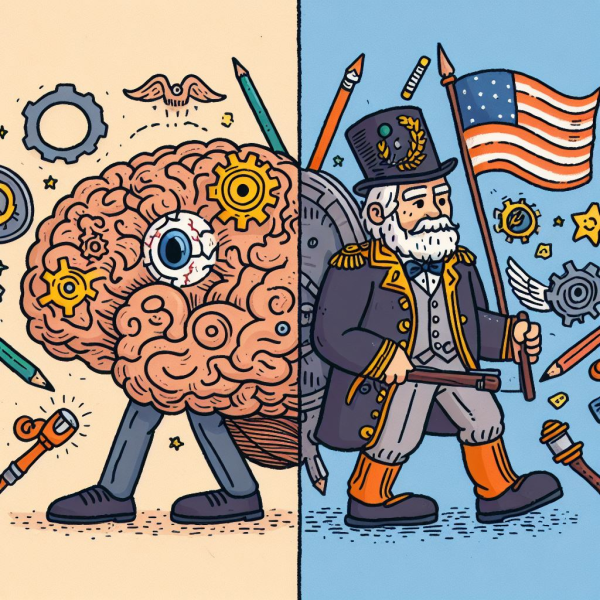Why We Shouldn’t Sack the the SAT
The SAT is a powerful tool for colleges to determine student success.
Recently, the SAT, the most popular college admission test in the United States, has come under withering fire over alleged equity issues. A slew of colleges, led by the UCs, have banned the SAT from consideration in admissions. In spite of its good intentions, this effort is misguided. Dropping the SAT means removing a useful data point when making admissions decisions, despite that data point being one of the most fair out of those in consideration.
First and foremost, SAT scores do predict college success. The corpus of existing research suggests that there is a substantial correlation between SAT/ACT scores and college GPAs as well as career incomes. A 2016 Collegeboard study on the new version of the SAT showed a moderate correlation of 0.51 between SAT scores and college grades. Students who don’t submit their scores can get into top tier colleges, but usually have better GPAs and extracurriculars to compensate.
The SAT is a substantially better comparison tool for colleges than other measures like GPA or extracurriculars. Since it’s a standardized test, the SAT is normalized to the same curve and contains the same questions regardless of local factors. A student from New York will get the same test and same score (given equal performance) as a student from Iowa. This stands in stark contrasts to other metrics like GPA, in which location and competition make a major difference.
The issue with GPA can be demonstrated with a simple comparison between two large public high schools – Irvington High School and Lincoln High School (in Lincoln, Nebraska). At Irvington High, 34% of students are enrolled in an AP class, 84% of students pass their AP exams, and 96% of students graduate, according to Niche. In Lincoln High School, 12% of students are enrolled in an AP class, 46% of students pass their AP exams, and 73% of students graduate. There is an obvious difference in the academic rigor of these two schools, making it inconceivable to compare GPAs between them. It is much the same between any set of schools; each school has its own policies and rigor, offers different courses, and grades differently. Colleges do adjust to some degree with school profiles, but it is impossible to completely smooth out these differences. In a similar fashion, many extracurriculars also lend themselves poorly to comparison due to differences in regional competitiveness. The winning team in a state level competition in Alaska may not even be strong enough to win a regional tournament in San Francisco.
Critics often complain about how the SAT is an EA game – it’s pay to win. This argument may have worked in the past, but it doesn’t hold water anymore. The enormous proliferation of good, free resources for the SAT means that, as of today, it is more effective to use them instead of expensive private tutoring. The Wall Street Journal reported that paid test prep only gives an average of a 30 point SAT score gain, while Khan Academy data indicates a 90 point score gain from just 6 hours of using their free prep tool. Resources like CrackSAT and Collegeboard’s 8 practice tests are also available for free, representing more than 50 hours of study time. Those who are paying for traditional test prep services are simply wasting their money on an inferior product.
Some also claim that the SAT perpetuates racism, noting that there is a persistent racial gap in SAT scores. But this isn’t unique to the SAT, and the reason behind it is the same reason that there is a racial gap in every academic indicator, from GPA to AP scores to graduation rates: poverty. Black and Hispanic Americans are disproportionately poorer than the average American due to a number of historical and socioeconomic factors (that are outside of the scope of this article). Kids who are poorer often have to work and have less time on their hands to study. They also usually go to underfunded schools (because schools are funded by property taxes, and poorer areas have property with lower resale value) and do not have the luxury of parent support (because parents are busy). As a result, academic performance suffers.
Getting rid of the SAT, then, will have no real benefits. Racial gaps will continue to persist, because they are not exclusive to the SAT. Universities will lose a valuable data point. In the end, a feel-good decision to discount the use of the SAT will do nothing to address the underlying issues plaguing the education system while negatively affecting the college admissions process.
To see the other side of this story, click here.













